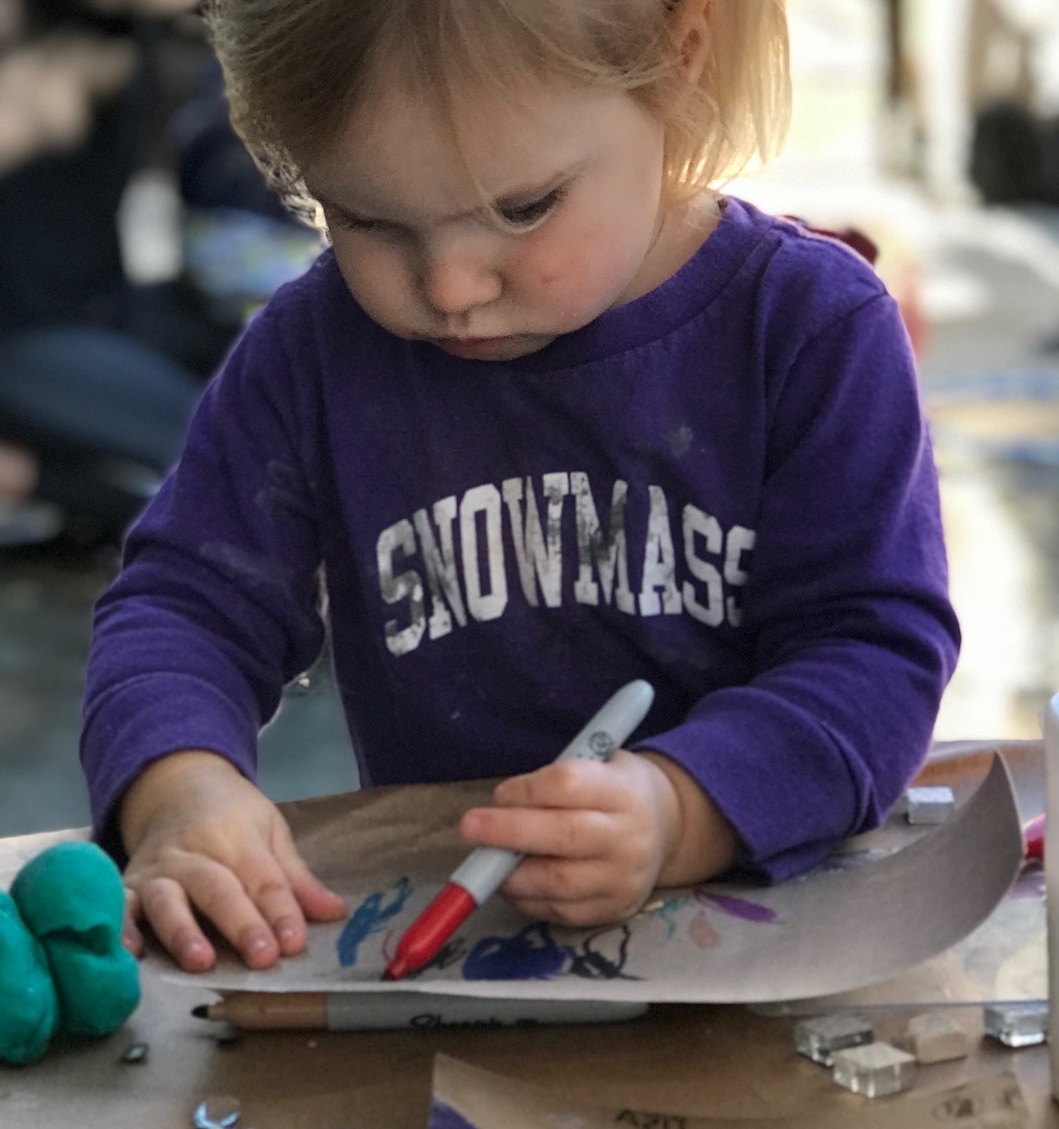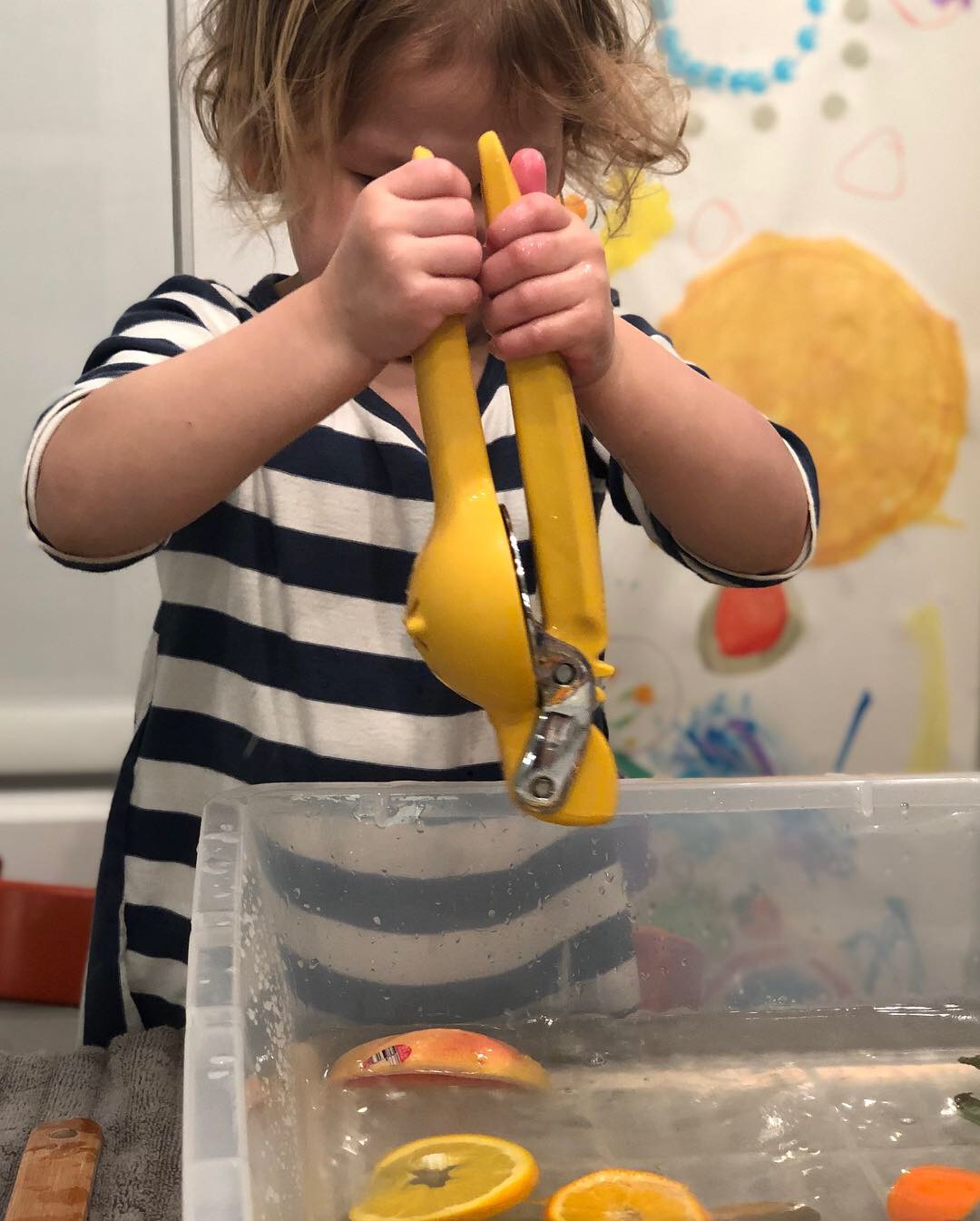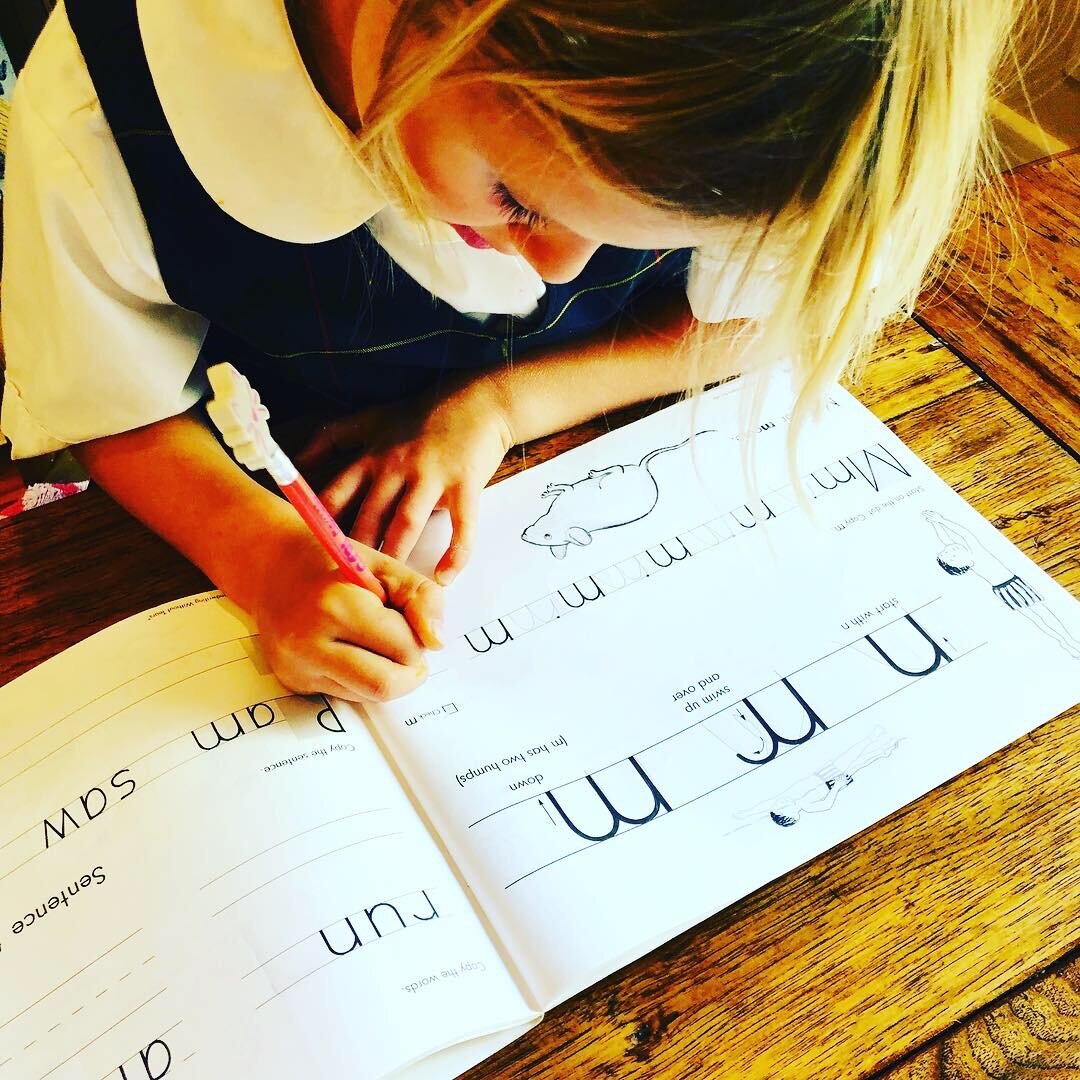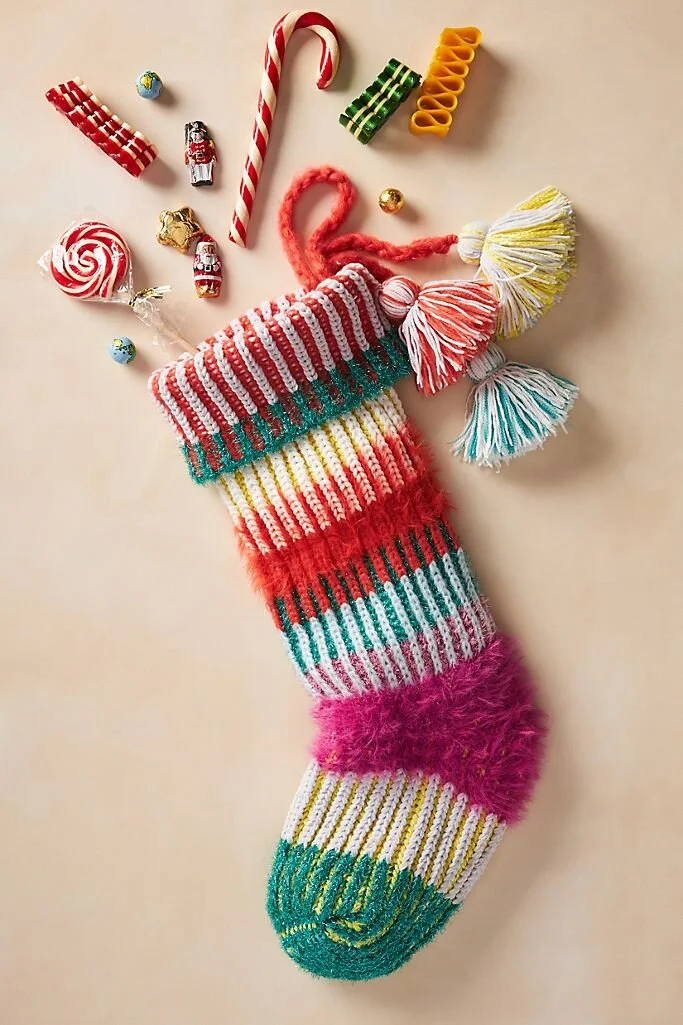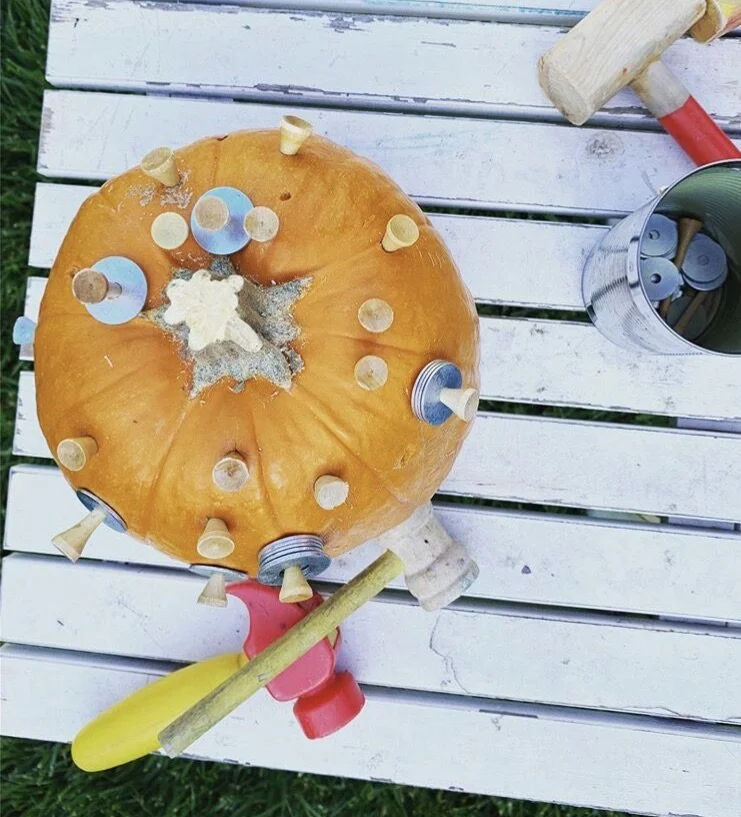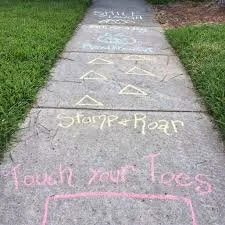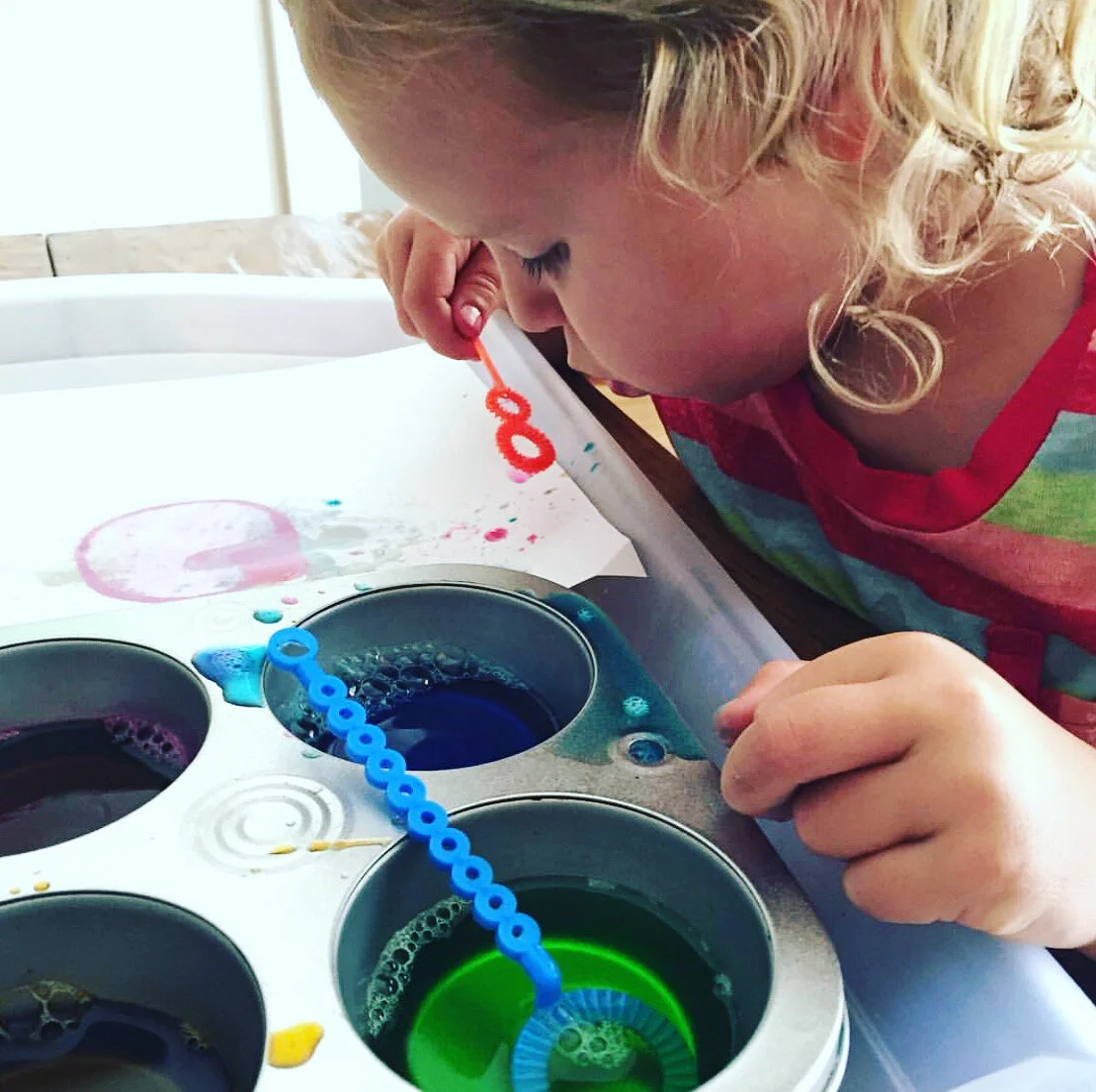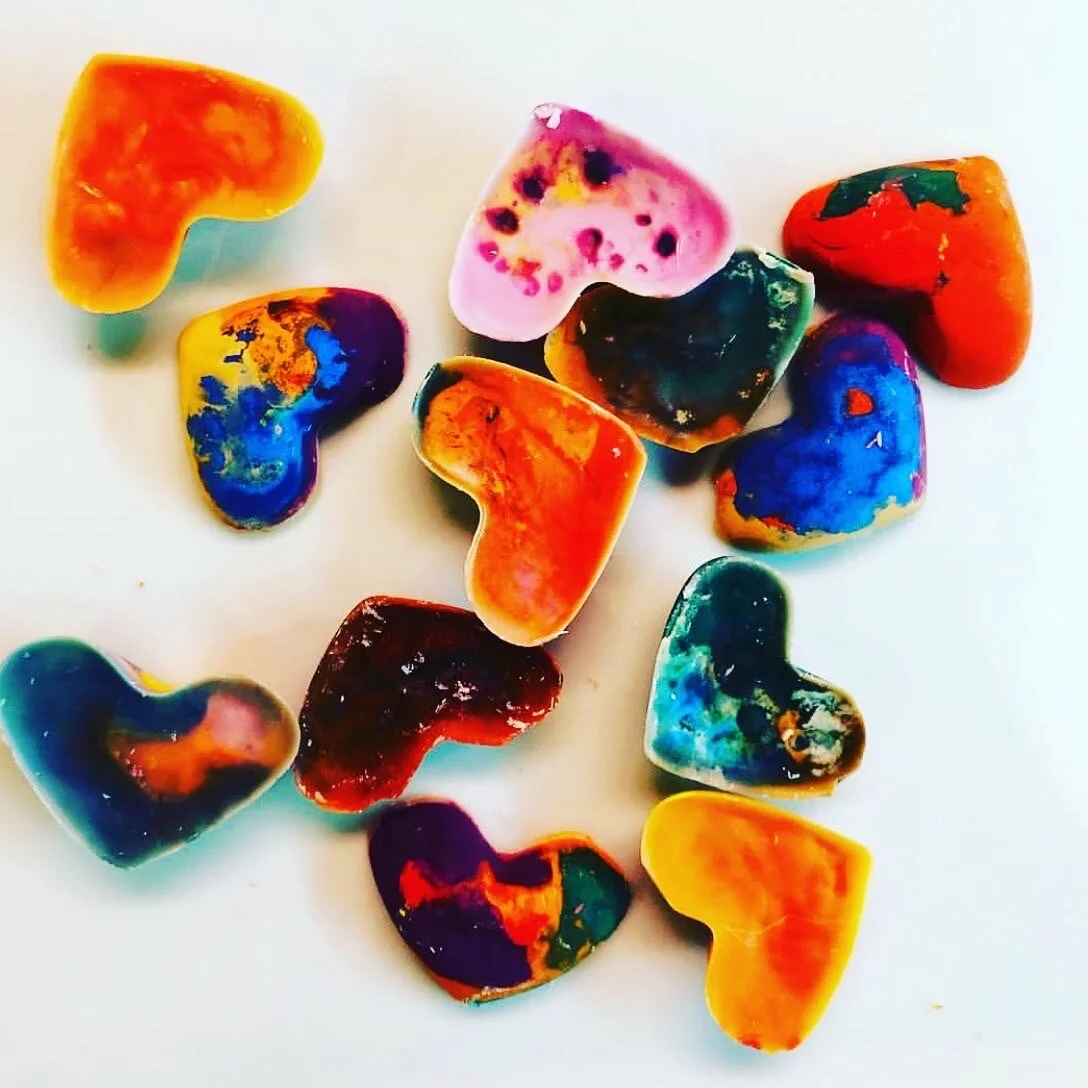An important aspect of many fine motor skills is hand strength. Hand strength plays a critical role in writing, holding a utensil for eating, writing or coloring, using scissors, opening containers, tying shoes, and even doing one’s hair. When children have decreased hand strength, all of these activities become difficult. Grip strength has been found to be a strong correlate with legible writing. And did you know that illegible writing can hurt a student’s score on the SAT? You might say that we are moving away from writing to typing and pen and paper tasks are archaic, but school work is still largely done on paper. Studies have found that students who write versus type, express more ideas. They also write more prolifically than those who keyboard. The connection that I value the most is that writing helps build neural connections in the brain and helps both hemispheres of the brain communicate. Strengthening those pathways will help as we age to stay cognitively sharp!
Here are some signs that your child might have decreased hand strength:
Decreased interest in fine motor games and activities
Poor motor control when writing or coloring
Scissors appear to “fall out of the hands”
Switching hands while writing, coloring, or cutting
Holding a utensil with all fingers to eat
Unable to maintain grip on a button while buttoning
Difficulty zipping up a jacket or backpack
Unable to open food containers or unscrew lids
Unable to squeeze a glue bottle
Frequently dropping items out of fingers
Unable to grasp elastic of pants or socks to pull them up
Writing or coloring with all fingers wrapped around the writing instrument
So what can you do to help your child with their hand strength? Well first, play, play, play! Building hand strength should be fun because so many activities that children enjoy actually help to build hand strength! Here are a few of my favorite activities:
Squeezing Games and Activities:
Think turkey basters, tongs, clothespins, and other items you have around the house. One of my kiddos’ favorite activities is eating dinner with tongs or kid-friendly chopsticks to eat their food instead of using a fork. You can make cleaning up toys fun by using tongs to pick up toys and have a race! Set up a fun activity for your child to use a turkey baster to blow a small ball of rolled up tissue paper or a cotton ball into a “goal.”
You can involve your kiddos in the kitchen or set out a citrus sensory bin with a lemon or orange squeezer!
Another favorite in our house is open-ended art projects like making collages by squeezing glue out of a bottle and punching shapes from old maps, magazines, greeting cards with hole and shape punches. Tearing paper and washi tape is also another great way to work on hand strength. The tearing takes some problem solving or “motor planning” to figure out exactly how to tear without pulling the paper apart.
Linked below are some of my favorite items for building hand strength:
These come in so many fun shapes and are a great way to build hand strength while making a fun project!
Meatball tongs! Who would think this would be great for hand strength?! This helps develop hand strength by helping kids separate the sides of the hand as you do when cutting as well as holding your pinky and ring finger tucked in while you write! Use these for sensory bins, scooping water beads, in the bathtub to scoop up bubbles, outside to dig in the sand, set out some pom-poms and a jar to fill it up for a quick and easy quiet-time activity.
Push/Pull for Hand Strength:
Pushing on a rolling pin to pop packing bubbles or rolling out play dough is a great way to building hand strength. You can also build hand strength with pulling activities using a grip around the object. Here are some great activities that require pushing and pulling…
Another favorite and something that is ALWAYS in my therapy bag is pop tubes! They are also so fun for developing speech and making different sounds by speaking into them.
Monkey bars, climbing trees, rock climbing, pulling up a rope on a play structure or slide (yep, going up the “wrong” way) are also great ways to build hand strength. Involving your kiddo in cooking like stirring batter, and if you dare, making slime are great ways to work on hand strength. Believe it or not, slime does have a benefit!
An easy invitation of bubble wrap and rolling pins is a great way to build hand strength and language skills!
Pop beads are another favorite in my therapy bag! My daughter loves these and can spend an hour creating with pop beads. They can be a little difficult initially because they truly do require some good hand strength.
The best tools for building hand strength truly are at your fingertips. Weight bearing activities like crawling through tunnels, crab walking, wheel barrow walks… these are all great ways to build hand strength as well as upper extremity strength. So spend some time on the floor regardless of your child’s age and have fun playing!
References
Alaniz, M. et al. Hand Strength, Handwriting, and Functional Skills in Children with Autism. American Journal of Occupational Therapy. 2015, 69, 1-9.
Bounds, Gwendolyn. (2010, October 5). How Handwriting Trains the Brain. The Wall Street Journal.
